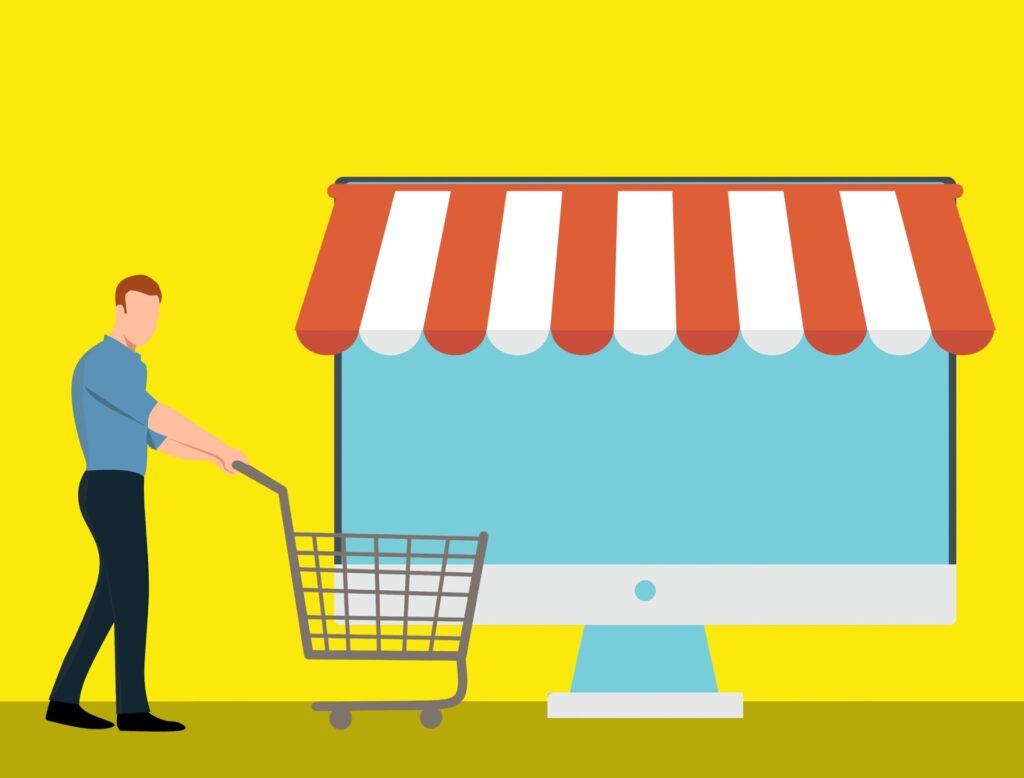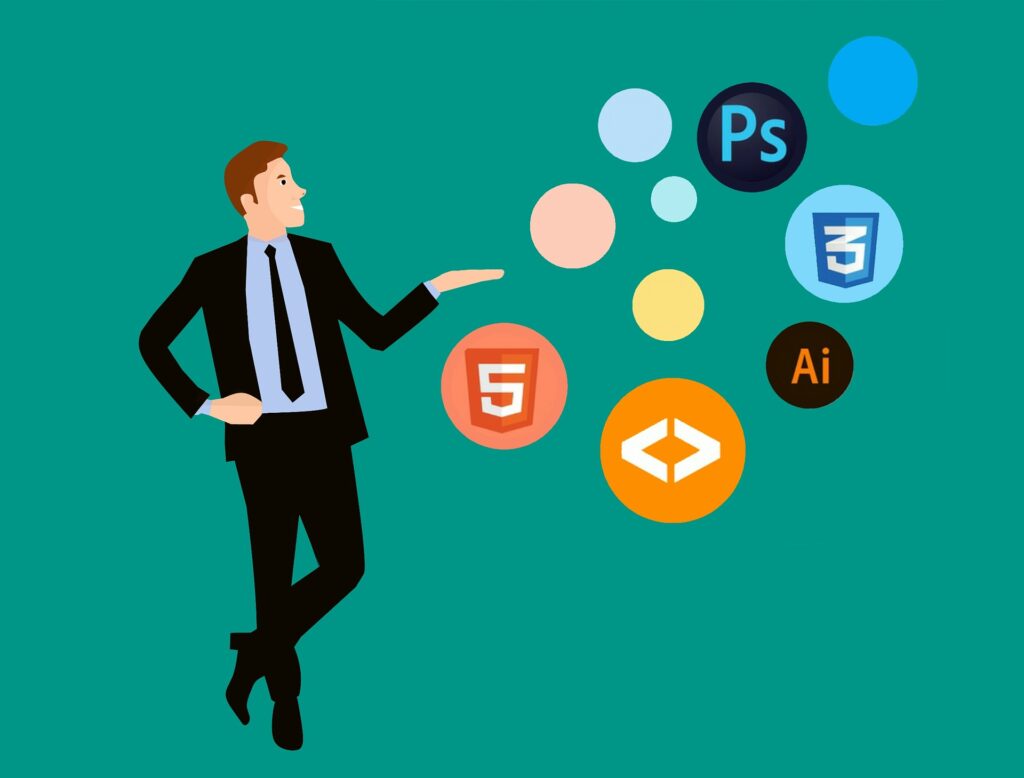To breathe life into your value proposition, you need to package it in a form customers can understand and buy. This is known as your product offering. Creating an engaging product offering starts with selecting the right business model. Here’s a guide to choosing the best one for your startup.
What one major obstacle is stopping your product or service from turning into a functional business?
The answer is your product offering, the presentation of your products with packages and clear pricing options.
Why is this step so important?
As we’ll see later on, it directly impacts your business model as well as your customer engagement.
In other words, the value proposition is your “What?”, while the product offering is your “How?”
In this guide, I take you through my 3-step process to help you choose the right business model for your startup that will help skyrocket your customer engagement.
Step 1: Know What You’re Selling
Put yourself in your customers’ shoes.
You might think to yourself, “I know the product or service I’m offering. I’m selling marketing services, or I’m providing a technology solution to a particular problem.”
But that doesn’t mean that your target customer truly understands what they can buy from you. How can that happen?
Let me give you a simple example.
One product, three stories

Say you’re an artist. This is either your product or service, and you love creating paintings. There are several ways in which you can present your creativity to the market:
- You can paint paintings for art galleries – art lovers will undoubtedly appreciate your unique, beautiful work.
- You can make your paintings available digitally – where people can buy copies of your work and enjoy the art piece while it’s on their living room wall.
- You can make your work available for placement on everyday items – customers will enjoy your art every day with customized T-shirts, mugs, and keychains.
What’s the similarity between these three ways of presenting your product? They are all based on the same business concept.
And the difference? They’re each packaged in a unique way – with different target customers, business models, and distribution strategies.
What is the right way?
There are many reasons for choosing a certain type of package, but these are the most important ones:
- Each appeals to different target customers with different needs.
- Each puts your product in the hands of customers using different methods and generates different sources and levels of income and expense.
- Each requires a different pricing strategy.
But how will you know which one to choose?
You have to get clear on what exactly you are selling.
The three-dimensional approach
Your product offering defines your business along three dimensions, and together, they make up a structure that determines customer engagement. These are your:
- Business model – a specific way your business generates revenues and gets your product or service to the customer. Not to mention the cost of producing and delivering your product or service
- Packaging – different alternatives and levels of engagement with your product or service.
- Pricing – how much you charge and motivate your customers to buy more.
Let’s now dive deep into your business model and how exactly it is defined by your product offering. Before we do, let’s first determine your business type.
Step 2: Define Your Business Type

There are three main categories of business, and determining which one yours falls into will help you define your clear offering. Ask yourself, which of these matches my business type?
1/Product – you manufacture a physical product and sell it directly to customers or via distributors, wholesalers, or retailers. For example, you sell your paintings.
Manufacturers charge a price that is greater than the cost of production and distribution. The difference between those two is your profit. Manufacturers also own each and every product they make.
2/Service – you provide a service that delivers value to customers without ownership of specific costs and risks. For example, this can include providing specific software solutions to tech startups. In the end, you don’t own the final product, but you get paid for your invested time.
Service providers charge a fee that covers the value of time or cost of technology used to deliver their service and add a profit margin above this cost.
You can offer services on a project-by-project basis or on a recurring basis, usually via a subscription. We’ll cover these scenarios a bit later.
3/Hybrid – you produce and sell a product and then provide services to support the use or maintenance of this product on a one-off or ongoing basis. Basically, your business combines product and service for the full experience.
That could be creating specific computer programs (product) – and offering your help with any potential maintenance issues (service).
These business types generate revenues in different ways and have different levels of direct and indirect costs.
The various methods of selling your product or service to generate a profit are known as business models.
Google will tell you there are up to 50 business models around, but I’ve narrowed it down to the six most common ones among B2B tech startups.
Let’s find the right one for you.
Step 3: Choose Your Business Model
1. Subscription
You charge a recurring subscription fee to gain access to a service.
The most common form of this in the tech world is SaaS – Software as a service. It’s a delivery model in which a centrally hosted software is licensed to customers via a subscription plan. Any company that leases its software through a central, cloud-based system is a SaaS company.
Some examples of these services are Spotify or Salesforce, which offer their services as a recurring, monthly subscription.
2. Freemium

Freemium is an off-shoot of the subscription business model.
In this business model, you also charge a monthly subscription, except you give away part of your product or service for free – and only charge a subscription fee for premium features or services.
This is not the same as a free trial where customers only get access to the full product or service for a limited period of time.
Instead, freemium models allow for unlimited use of basic features for free and only charge customers who want access to more advanced functionality.
Examples of freemium services are MailChimp and LinkedIn. They have amazing free features but do require a certain payment for top-notch functions.
3. Single Payment
As the title implies, this business model works on a single payment basis. You pay once and freely use the product or service with no additional costs or hidden fees.
The best example is Apple – you bought your phone or computer, paid for it, and continually use it. But Apple also found a way to make this similar to subscription by making everything proprietary and difficult to update. This way, you have to buy newer products of theirs, assuming you want to continue using Apple.
Another example could be Babbel Language Learning: Lifetime Subscription. You get unlimited access to 14 different languages and can learn them at your own pace – even if it takes a lifetime.
4. Marketplace

A marketplace business model creates a virtual platform that connects sellers with buyers.
Marketplaces generate revenue by taking a percentage of the value of items sold (both products and services) via their platform. Sometimes they charge a fixed fee – and charge for additional services, like helping advertise the seller’s products or providing buyers insurance, so they have peace of mind.
Some well-known examples are Alibaba and eBay.
5. Franchise / Licensing
A franchise or licensing business model is when an owner of a company licenses its rights to other parties. The franchisor (the owner) provides the service and gets paid for it, while the franchisee (the licensee) earns a percentage of sales as a royalty fee.
Franchises are often associated with well-known brands and trademarks. McDonald’s, for example, has more than 38,000 restaurants worldwide – all of which are franchises operated by independent owners who pay the company for the right to use its name and brand recognition.
A franchise can be any kind of business – from restaurants to software development companies – but mostly, they are retail businesses where the main product or service is sold directly to consumers through stores or websites.
6. Professional Service

A professional service is any service that requires a specific level of expertise and experience, but it does not necessarily require the physical presence of the service provider.
The most common example of a professional service is consulting, but there are many other types of services that fall into this category. Some examples include:
- IT services (software development, web design)
- Legal services (law firms)
- Financial services (accountants, investment firms)
These services all offer upfront fees for expenses such as onboarding or technical implementation. They can also provide after-sales support, including different upgrades, warranties, and training.
What makes your business model special?
The best business model satisfies three qualities:
1. It generates recurring revenues
It produces revenues on an ongoing basis without significant gaps in time or fluctuation in amounts.
2. It’s scalable
It makes it easy to sell more with little incremental investment of time, money, and resources.
This means you can maintain or improve your profit margins while your sales volume (the amount of stuff you sell) increases.
This also enables you to expand more quickly into new geographies and markets.
3. It combines multiple sources of revenue
It combines multiple sources of revenue. For example, you can charge for the service you provide and make money from advertising.
You can also offer a subscription-based service that offers additional onboarding and gets a commission on sales or distribution.
Startups with business models that meet these three criteria are the most popular among investors because this means that, given the proper management and capital, the business has the chance of growing exponentially.
Key Takeaways
How do you make your value proposition come to life?
You package it in the form customers can easily buy.
Your product offering defines your business model, your packaging, and pricing. After successfully determining your business type, experiment with your business model and choose the right one for your startup.
Make sure to focus on scalability, recurring revenues, and multiple sources. Eventually, you’ll come up with a perfect product offering.
How will you know when that happens?
Customers will be drawn to your product or service, and they’ll find your interaction smooth, simple, and effective.
********************
Need help creating the right product offering for your business, so you scale quickly?
Apply to work with me and I’ll personally take you through The Launch Code in just 8 weeks.
You’ll learn how to add 3-to-5 enterprise clients to your startup each quarter by focusing your offer and message, building a structured sales model, and executing based on targets.
I’ll tell you about my ‘Online Course‘ and ‘Course + Mentoring‘ options, as well.



